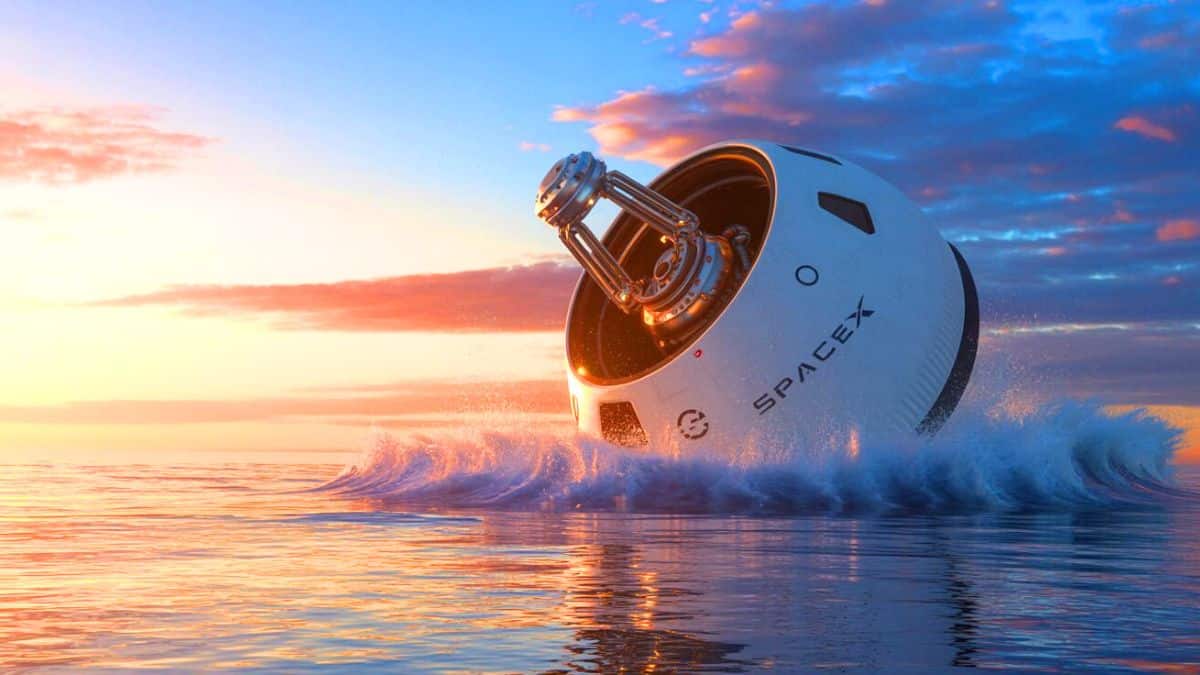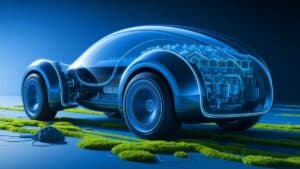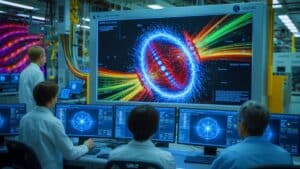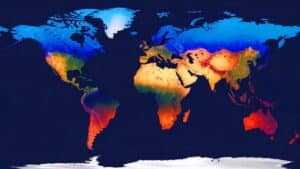SpaceX’s Dragon capsule splashed down off the Florida coast recently, delivering an impressive 6,700 pounds of advanced technology and scientific equipment from the International Space Station. This remarkable payload represents a significant leap forward in space exploration technology, with innovations that could reshape our approach to orbital operations and deep space missions.
Revolutionary robotic systems return from orbit
The Astrobee-REACCH robotic system stands as one of the most fascinating technologies aboard the Dragon capsule. This innovative system combines NASA’s free-flying Astrobee robots with specialized tentacle-like arms featuring adhesive pads designed for microgravity operations. During their time on the ISS, these advanced robotic assistants demonstrated remarkable dexterity by successfully manipulating objects of varying shapes and textures in the weightless environment.
The potential applications for this technology extend far beyond basic research. These robots could revolutionize how we approach:
- Satellite servicing and life extension
- Orbital debris removal and management
- Equipment repositioning in space habitats
- Emergency repairs on spacecraft exteriors
As commercial and government entities continue deploying satellites and space stations, technologies like Astrobee-REACCH will prove invaluable for maintaining orbital infrastructure. The successful testing of these robotic systems in authentic space conditions marks a critical milestone in developing autonomous maintenance capabilities for future space missions.
Material science breakthroughs for spacecraft design
The MISSE-20 experiment, formally known as the Multipurpose International Space Station Experiment, returned valuable data on how various materials withstand the harsh conditions of space. Scientists exposed carefully selected samples to the extreme environment outside the ISS, subjecting them to intense ultraviolet radiation, atomic oxygen, and dramatic temperature fluctuations.
The tested materials included:
| Material Type | Potential Application | Key Properties Tested |
|---|---|---|
| Radiation shielding | Crew protection systems | Radiation absorption, durability |
| Solar sail coatings | Propulsion technologies | Light reflection, degradation resistance |
| Ceramic composites | Heat shields, structural components | Thermal resistance, structural integrity |
| Specialty resins | Spacecraft exteriors | Vacuum performance, outgassing properties |
The findings from MISSE-20 will directly influence the next generation of spacecraft design, particularly for vehicles intended for deep space missions to the Moon, Mars, and beyond. By understanding how materials degrade in space, engineers can develop more robust protective systems for both human crews and sensitive equipment.
Advanced imaging technology transforms space-to-Earth communications
After spending a full year aboard the ISS, the OPTICA experiment (Onboard Programmable Technology for Image Compression and Analysis) returned with its hardware and collected data. This technology focused on improving how images are processed and transmitted from space, significantly reducing the bandwidth required for sending detailed visual information back to Earth.
The implications of OPTICA’s innovations extend into numerous fields:
- Disaster response teams can receive real-time imagery of affected areas
- Agricultural monitoring systems can track crop health with greater precision
- Environmental scientists can observe climate changes with enhanced detail
- Urban planners can access more frequent and accurate development data
By enhancing the efficiency of space-based imaging systems, OPTICA technology could dramatically reduce operational costs while increasing the volume and quality of data available to researchers and decision-makers on Earth.
Educational initiatives bridging space and classrooms
Among the scientific equipment, the Dragon capsule also returned materials from the Story Time from Space project. This educational initiative featured ISS crew members reading STEM-themed children’s books while demonstrating related scientific principles in microgravity. These recordings will join a growing library of educational materials designed to inspire young students worldwide.
The Story Time from Space project represents an innovative approach to making space science accessible and engaging for the next generation. By connecting astronauts directly with classrooms, the program bridges the gap between cutting-edge space research and early education, potentially inspiring future scientists, engineers, and astronauts.
Each Dragon mission strengthens the partnership between NASA and commercial space companies like SpaceX, accelerating our capabilities for space exploration while delivering tangible benefits to life on Earth. The technology returned on this mission exemplifies how the International Space Station continues serving as humanity’s premier orbital laboratory and proving ground for innovations that will carry us deeper into the cosmos.







